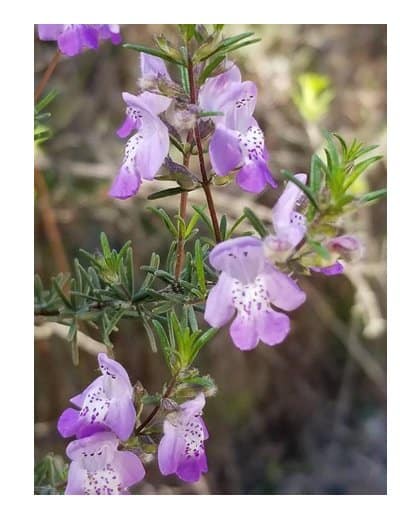Six Distinctive Rarities Adaptable to Gulf Coast Gardens
By Adam Black Director of Horticulture Peckerwood Garden
GREEN-FLOWERED BAHAMA MALLOW (Pavonia bahamensis)
Strange green flowers among similarly green heart shaped foliage make this hibiscus relative a true novelty. Though subtly-colored, the flowers are irresistible to hummingbirds.Don’t let this tropical Bahamian fool you – if planted early in the year in full to part sun it will grow to over six feet high before winter freezes cut it to the ground, returning vigorously in spring.

BRAZILIAN WORM PLANT (Spathicarpa hastifolia)
Having always considered this a tropical, I was amazed to see this has been reliably cultivated in Peckerwood Garden’s shady zone 8b woodland garden for years. After emerging from dormancy in spring, this rare aroid soon begins producing a strange bloom spike that consisting of a row of tiny, congested flowers that combined give the illusion of a worm or caterpillar crawling on the leafy spathe.

GIANT-SEED MEXICAN OAK (Quercus insignis)
With the largest acorn of all the world’s oak species, how could anyone resist growing this rarity? Until mature enough to produce the astonishing, baseball sized acorns, the velvety crimson emerging leaves will provide quite a spectacle. It is best shielded from the afternoon sun.

3 RED-SEEDED SEDGE (Carex baccans)
When I first spotted the shocking red seed spikes of this sedge growing along a forested road in the central Taiwan mountains, I couldn’t believe my eyes. The two-foot tall clump of emerald green grassy foliage will become dense with age and hold multiple dangling, bold red infructescences in late summer through fall.

NAKED-FLOWERING SPIDER LILY (Hymenocallis eulae)
Unlike any other spider lily, this little-known, drought-resistant native bulb produces blue-green succulent leaves that emerge in late winter. After the foliage dies back in early summer, the real show occurs in late summer when “naked” flower spikes strangely burst from the ground like a Lycoris !

FLORIDA FALSE ROSEMARY (Conradina canescens)
A “scrub mint” native to the xeric sandhills of the Florida panhandle, it also handles the frequent gulf coast wet spells provided it has good drainage. Blooming most heavily in spring among its silvery needle-like foliage, it reblooms occasionally through the remainder of the year. Generally pale purple, we are introducing some nice darker purple selections.


